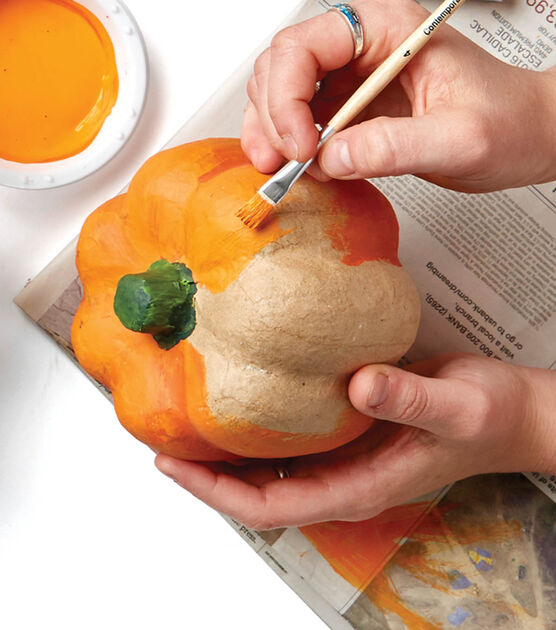How Many Coats of Paint on Wall
Painting is a very time-consuming task. Getting a new coat of paint can be difficult for most homeowners. It’s a labor-intensive task that requires patience and attention to detail, especially regarding the age-old question of how many layers of paint you need.
The first coat may satisfy you, regardless of whether the paint is used on the interior or exterior. It may seem like a lot of work to paint a second coat. To know what to do, you should examine the painting procedure in greater detail.
If you want to spruce up your house with paint but aren’t certain how many layers to apply, this article will greatly help you. You can find out all the information you need about painting!

How many coats of paint are ideal?
You’ll find that every painter you ask has a different opinion. And with the Internet, you can get information from painters of all backgrounds. When it comes to interior walls, you should always apply two coats to ensure that the color is consistent and the consistency of the paint is good.
This is not always true, as walls can be made from different materials. Today, surfaces are made from a variety of materials. They all need to be painted a particular way and with a certain type of paint to look good.
Paint quality, quantity, and type can all affect the number of coats required to achieve the desired effect, both in terms of aesthetics and adhesion. Other factors include the amount and type of primer used on the surface and the material you coat.
The surface that you are painting
It is important to consider the type of surface or wall you want to paint. The type of wall or surface you are painting is important. A plasterboard wall that has been painted before might only need one coat, while a fence made of steel might require multiple layers of paint on top of primer to ensure adhesion. If you want to paint over a surface that has scratches or is porous, an additional coat will be needed.
As you will read in the following section, painting dark walls will require more layers of paint. There is not much difference between exterior and interior painting. However, this is important if your paint needs to dry quickly.
The number of coats required to hide all imperfections and cover any original color will determine the number of coats needed for most surfaces. The amount of paint you need will also determine the number of coats required.
The surface that you are painting will determine the number of coats required. The surface you are painting will decide your entire painting process.
Other Factors That Affect the Number of Coats Required
When determining how many coats you should paint, consider a few factors. You may be guided by the type and quality of paint or the painting technique you choose. You may need to apply two or three coats of white paint to completely cover the underlying colour and achieve a consistent and clean finish.
Wall Condition:
If your walls are in good shape, you may need only one or two paint coats to get a smooth and even finish. If your walls are damaged or rough, you may have to add more coats of paint to hide imperfections. If you have sanded your wall, it will require less paint and make the whole painting process easier.
Paint quality:
Paints of higher quality require fewer layers than paints of lower quality. You may only need one or two coats using high-quality paint. If you use a lesser-quality paint, applying up to three coats may be necessary to get the desired result. Quality paint can make all the difference when it comes time to dry.
Types of paint:
You may not need to apply as many coats if you use oil-based painting. Paints with a high amount of latex can be thicker and help hide previous paint layers more effectively. Although water-based paints can be thinner, they will dry faster and allow you to add more layers. if you want to know weather you can use ceiling paint on wall or not then go ahead and read this post for all your answers related to this question.
Color choice:
The color you select can also influence the number of coats you need. Darker colours require more coats, while lighter colours need less. You may need to paint over a darker colour with a light one. if you want glow in dark paint on wall then its different and you can find more about it in this insightful article.
When do you only need one coat of paint?
In certain situations, you won’t require two coats of paint on your walls and ceilings. These include:
- Matching an existing coat color to a coat in good condition is possible.
- When painting over a primer that has been pre-tinted.
- If you are painting the ceiling, make sure to avoid water damage.
- Trim, crown moldings, and similar places;
- Surfaces that are rarely seen or used.
How many coats of paint should you use to cover your exterior?
Exterior surfaces are exposed to various elements, so the number of coats is strictly regulated. Obviously, if you are advised to use two coats on an interior, it will be the same for your exterior. You can’t cut corners unless you want a bad result. Some of the most common mistakes made when painting exterior surfaces are:
- Lack of coats
- Cleaning, pressure washing, and priming do not adequately prepare the surface.
- These mistakes were costly in the long run.
Are 3 Coats Of Paint Too Much?
Three coats aren’t too much, depending on the texture of the surface, the existing color, and the quality of the paint. When determining how many coats you should apply, it’s important to consider the surface texture, existing color, and paint quality.
Paint the surface with a third coat if it needs one.
Look at the finish to determine if more paint is needed. Can you still see the underside of the paint?
Does the paint look uneven?
Asking yourself these questions can help determine if three coats of paint are necessary for your situation. Some situations require only two coats, while others need a third.
It is better to focus on your own situation than follow a rigid rule.
Can I Put 4 Coats Of Paint On A Wall?
It’s possible to paint a wall four times, but this is not recommended on most surfaces. This can result in an unappealing, thick, and blotchy look. In rare cases, the uneven texture of a surface can require a fourth coat.
It is best to first inspect the surface before making a decision. It is important to avoid a situation in which there isn’t enough paint on a wall. This will affect the final finish.
It is a valid concern if you want to achieve your desired finish.

Frequently Asked Questions
Is it possible to paint a wall too many times?
Paint will crack and peel if you apply too many layers to a wall. The paint cannot breathe, and the layers cannot dry properly.
How many coats of paint to put on a ceiling?
It can be frustrating to paint a ceiling, especially if it is intricately shaped. However, the appearance and feel of the ceiling will have a big impact on the room’s aesthetics. Paint with a texture and a long-lasting finish that will complement your walls and other surfaces. 1-2 coats of paint would be enough for ceiling to get long lasting shine and good aesthetics, rest it depends upon your paint quality.
How many coats of paint should I use to cover the same color?
It’s a great question since many of us love a certain color and want to restore the surface with that color. You should use the same color as your surface if you find yourself in a similar situation. This can be avoided by researching the color and choosing the same brand. ideally 2-3 coats of same color coats would be good to get true color which will please your eyes.

Being associated with art and craft field since decades as a hobbyist and life long learner has given me an opportunity to learn many new things related to art, craft, paints and pottery which i am trying to share with your guys on this website. I have expertise of being professional painter and potter for the last 20+ years
I have learned mind blowing cool tips and insights which makes me a person with ability to improvise and come up with creative ideas and solutions to make stunning and impeccable art pieces of all types which are adored by people across the globe on this website and other platform.


